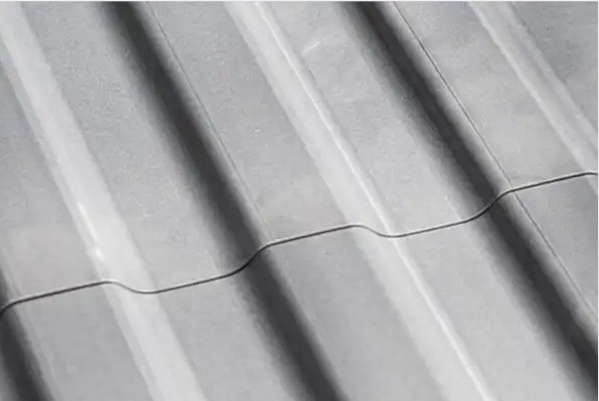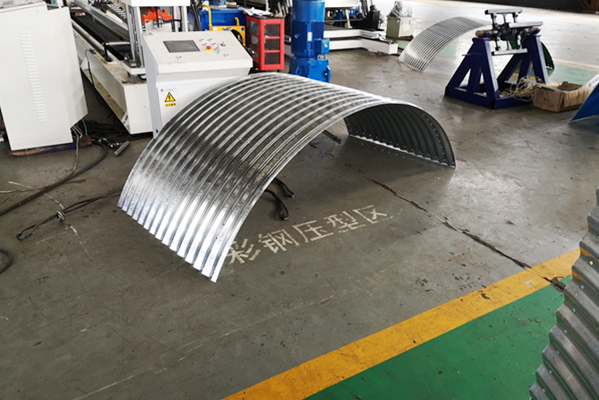Navigation Menu
Contact Us
- Email:
- info@wxavatar.com
- Address:
- Yurong Village, Yuqi Street, Huishan District, Wuxi, China.
Release Date:Jul 03, 2025 Visit:42 Source:Roll Forming Machine Factory
Durability stands as a fundamental consideration in the design of grain storage equipment, influencing both short-term functionality and long-term economic viability. This characteristic affects equipment performance, maintenance requirements, and overall value throughout the storage system's service life.

Material Selection for Long-Term Performance
The choice of construction materials significantly impacts the durability of grain storage solutions. Galvanized steel remains widely used due to its resistance to corrosion and structural integrity under various environmental conditions. Aluminum alloys offer alternative benefits in certain applications, particularly where weight reduction matters without sacrificing strength. Concrete structures provide different durability advantages for permanent installations. Each material selection involves careful evaluation of expected environmental exposure, including moisture levels and temperature variations that could affect material performance over time.
Structural Integrity Under Operational Loads
Grain storage equipment must maintain structural stability while containing substantial weight. Design engineers calculate load-bearing requirements based on both static grain pressure and dynamic forces during filling and emptying operations. Proper reinforcement at stress points, including wall junctions and support structures, prevents deformation that could compromise functionality. The relationship between structural design and material thickness requires precise calculation to achieve optimal durability without unnecessary material use.
Protection Against Environmental Factors
Equipment designed for outdoor installation incorporates features to withstand weather-related challenges. Roof designs typically include adequate slope for water runoff while resisting wind uplift forces. Wall constructions often employ interlocking panel systems that maintain integrity during thermal expansion and contraction. Sealing technologies prevent moisture infiltration at joints and openings, addressing one of the primary threats to both stored grain and equipment longevity.
Wear Resistance in Moving Components
Systems with mechanical elements, such as conveyor systems or aeration equipment, require special attention to component durability. Bearing selections account for continuous operation under particulate conditions, while abrasion-resistant coatings protect surfaces exposed to constant grain movement. These considerations reduce maintenance frequency and extend service intervals, contributing to overall system reliability.
Maintenance Accessibility for Sustained Performance
Durable design incorporates strategic access points that facilitate inspection and maintenance without compromising structural strength. Removable panels, service platforms, and component modularity allow for efficient upkeep while preserving the equipment's protective functions. This approach supports continued performance by enabling timely interventions before minor issues develop into significant problems.
Economic Considerations of Durable Design
Investment in durable grain storage equipment involves analysis of both initial costs and long-term operational expenses. While higher-grade materials and robust construction may require greater upfront investment, they typically yield lower lifetime costs through reduced maintenance needs and extended service life. Equipment lifespan projections factor into total cost of ownership calculations, influencing purchase decisions for storage system operators.

The integration of durability considerations throughout the design process results in grain storage equipment capable of maintaining performance standards across years of service. This focus on long-term reliability supports consistent grain quality preservation while minimizing operational disruptions, ultimately contributing to efficient storage management practices.